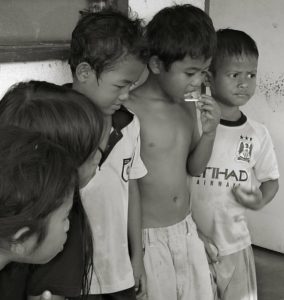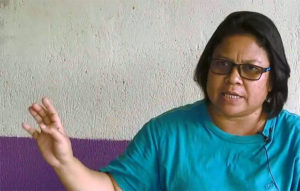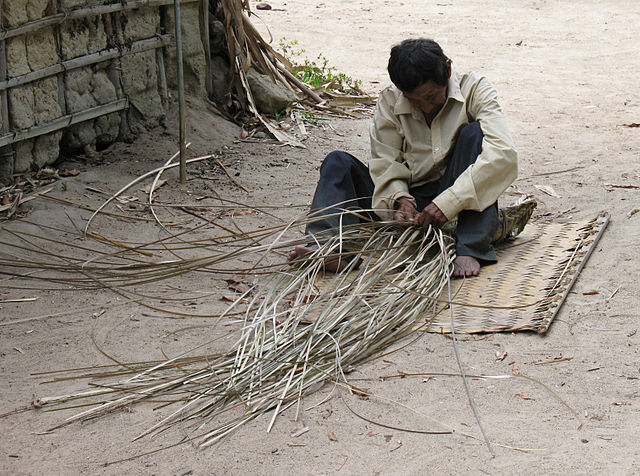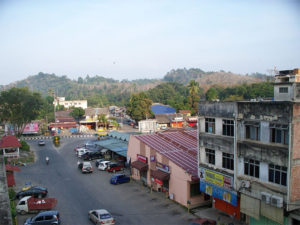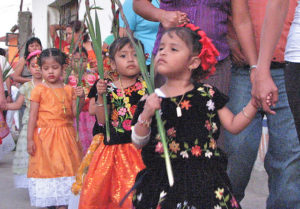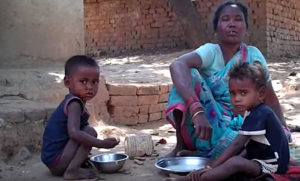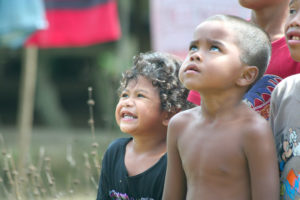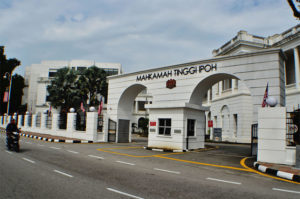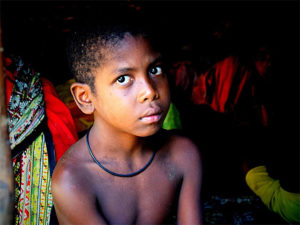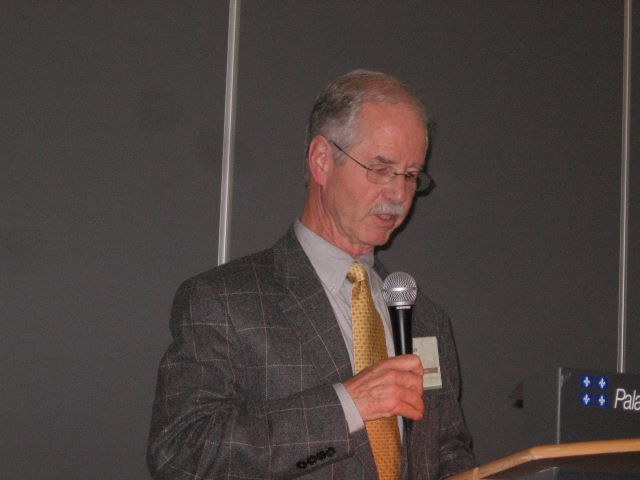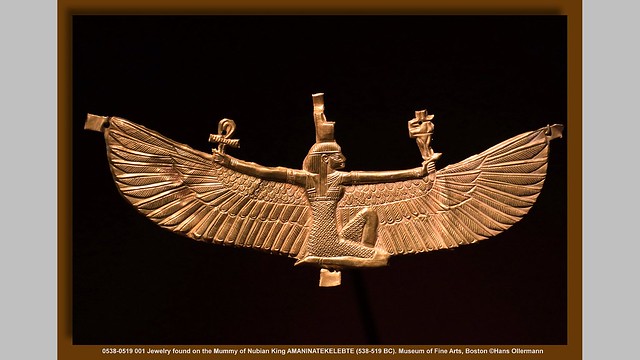The Times of India reported recently that the District Collector for the Madurai District was investigating reports of the illegal mortgaging of ration cards in a local Paliyan community. The official, S. Aneesh Sekhar, visited the Paliyans at the Alagammalpuram Colony, located about 60 km. from Madurai City, and explained the laws prohibiting such activities.
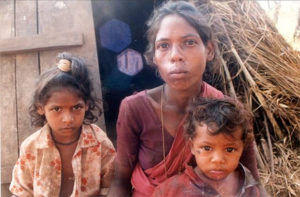
During the meeting, the Collector invited the people to let him know if there was anything they needed. The Paliyans responded that some individuals in the colony are homeless—they would appreciate having houses to live in. They also asked Mr. Sekhar to provide jobs and agricultural land so they could care for themselves better.
The TOI story indicated that these Paliyans used to live in the forest, where they depended on forest products to supply their needs. Now, many support themselves by working as security guards on farms.
Other officials have also visited the village recently. One day outsiders entered the community to administer COVID-19 vaccinations. The day before that a team led by a police official visited to inquire about the allegations regarding the ration cards. They asked the Paliyans to speak out if others are holding their ration cards. No one responded. In fact, everyone had their ration cards with them when the officials visited.
The Alagammalpuram Colony made the news in July 2013 over similar issues. According to a report dated July 11th that year, an educated Paliyan man named Thangaraj from the colony decided to post on Facebook an open appeal to the Collector in office at that time concerning the needs of the people. In his post, Thangaraj asked why some basic amenities and housing had not yet been provided to the Paliyans, as required by Indian law.
The post immediately caught the attention of the Collector, who visited the colony and listened to the complaints. One might surmise that the way the Paliyans of that colony are still asking the government for the same basic services may indicate some of the problems they have in that district.

